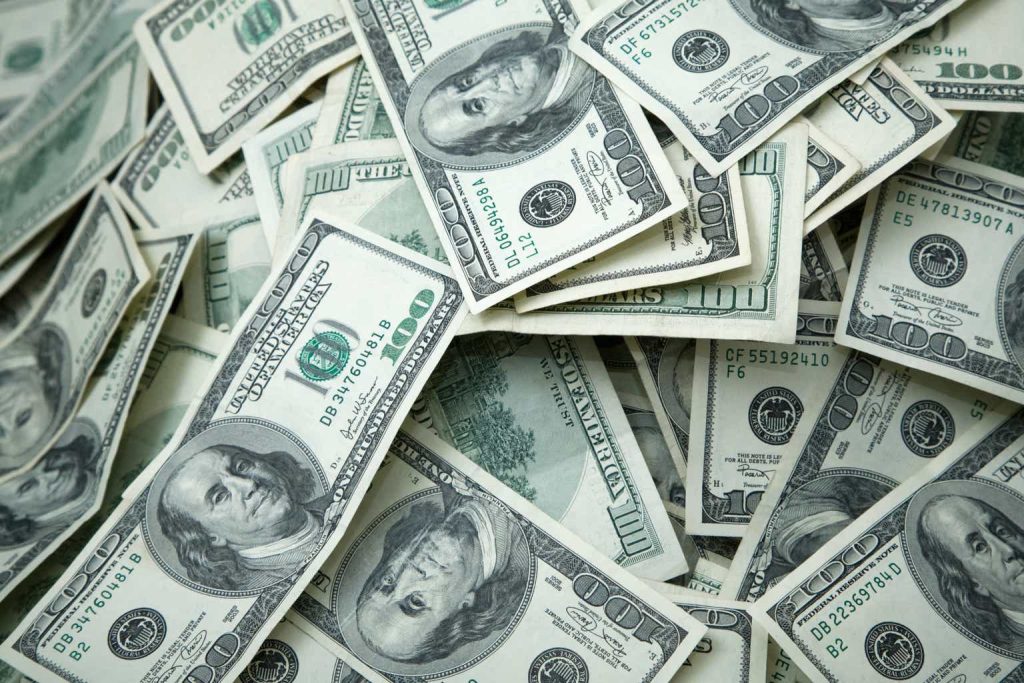I had a funny interaction with someone recently talking about their retirement and the passive nature of the cash market. They were explaining how they were constantly worried about how much cash flow and principal certainty they will have because their assets are mostly stocks and medium/long duration bonds. I said it sounded like they had an asset/liability mismatch (too much in long duration assets relative to their cash flow and behavioral needs) and that it was creating uncertainty and behavioral risks that were easy to avoid. I told them they should consider a bond ladder of 5 years with a specifically structured T-Bill ladder inside of 12 months. This would give them a very precise understanding of their cash flows every month while also giving them greater certainty into the next 5 years. But when we started talking about the structure of the short-term T-Bill ladder he said:
“But Cullen, everything I’ve ever read has told me not to be active with my investments and this T-Bill ladder feels VERY active”
I responded:
“Well, there’s nothing more active than the cash market, that’s just the nature of securities that mature overnight or within very short time horizons!”
It’s interesting when you think about it because the cash market is hyperactive. A dollar doesn’t feel “active”, but a dollar is worth a dollar precisely because it’s redeemable on demand every second of every day. In fact, if you look at the management of something like a short-term money market fund, you see daily activity because the fund is constantly managing the liquidity needs of its users AND the necessarily short maturities of the underlying holdings. The fund might look “passive” to the end investor, but if you pop the hood on that fund, you see a whole lot of activity going on underneath.
It’s even more interesting when you consider all of this in the scope of the recent banking panic because cash is one of the most poorly managed assets on Wall Street. Depositors regularly leave their cash on deposit with banks earning 0% or sweep it into marginally higher interest bearing accounts like money market funds or “high yield” savings accounts. But the reality is that most of these accounts are a rip-off and banks don’t want you to know that they’re a rip-off because they make a mountain of risk-free returns hoping you’ll leave your cash sitting around earning nothing so they can use it to earn returns for themselves.
Consider your options in today’s world. You could build a simple monthly ladder using 3 and 6 month T-Bills yielding 5% with no state taxes. Or you could do one of the following:
- Deposit – 0%.
- Popular “high yield” savings accounts – 3.75% with state and federal taxes.
- Popular CDs – 5% with state, federal taxes AND a lock-up period of 9-12 months with early withdrawal penalties.
- Popular Money Market accounts – 4.75% with state and federal taxes.
These options all stink compared to a simple T-Bill. And yes, the T-Bill is marginally more work. After all, you might have to suffer through 60 seconds of new transactions once every few months! But is that worth the extra 0.5-5% you could be earning in a risk-free instrument? I certainly think so. And yes, it’s more active. But in this case, it pays to be active because the less active you are in the cash market, the more you pay for someone else to actively manage your cash while charging you a convenience fee. And sometimes that convenience fee is very hefty.
I always tell people that the “passive” investing debate isn’t really about activity per se. It’s about tax and fee efficiency. And the cash market is interesting because it’s one place where you can be MORE tax and fee efficient by being MORE active.
Original Post
Editor’s Note: The summary bullets for this article were chosen by Seeking Alpha editors.
Read the full article here



